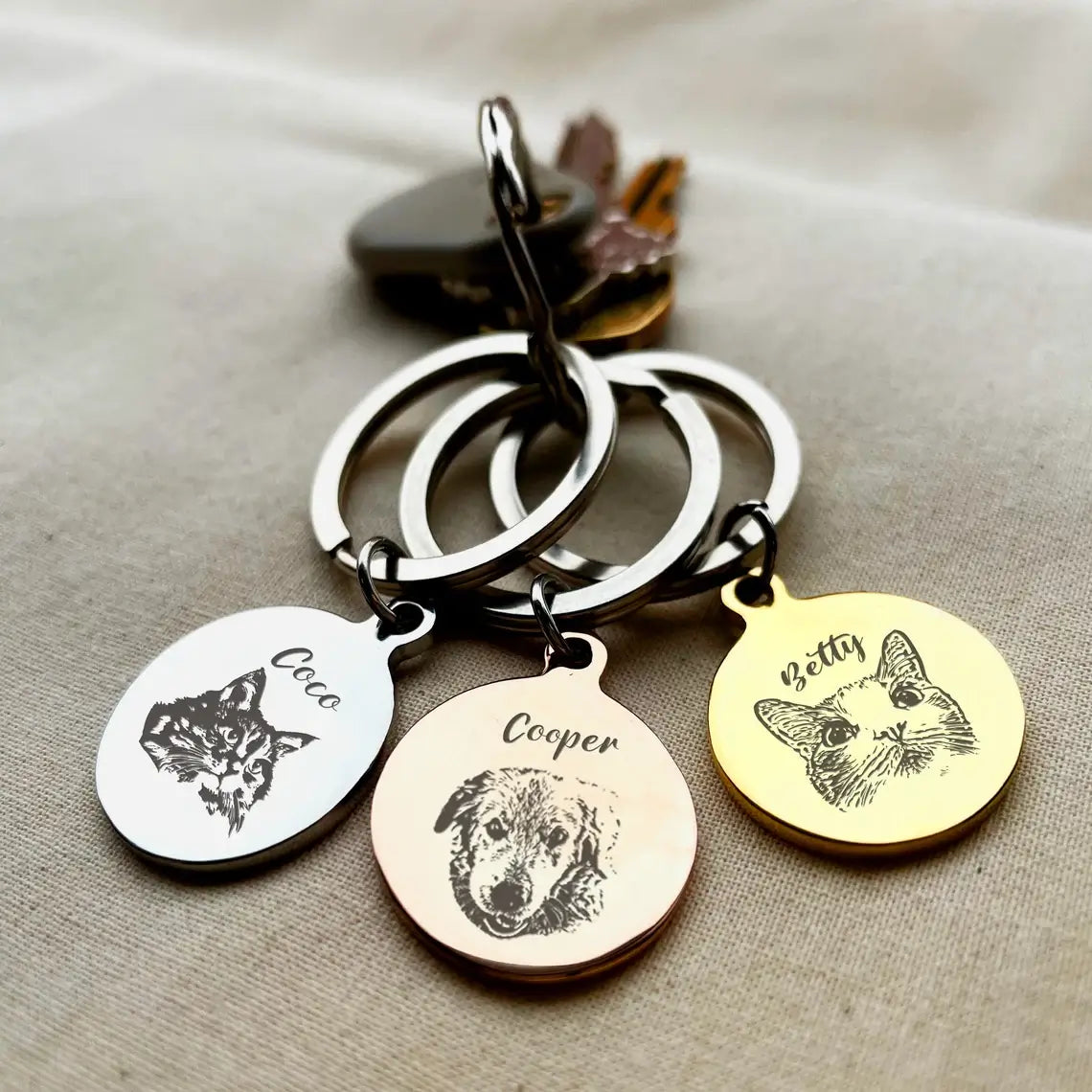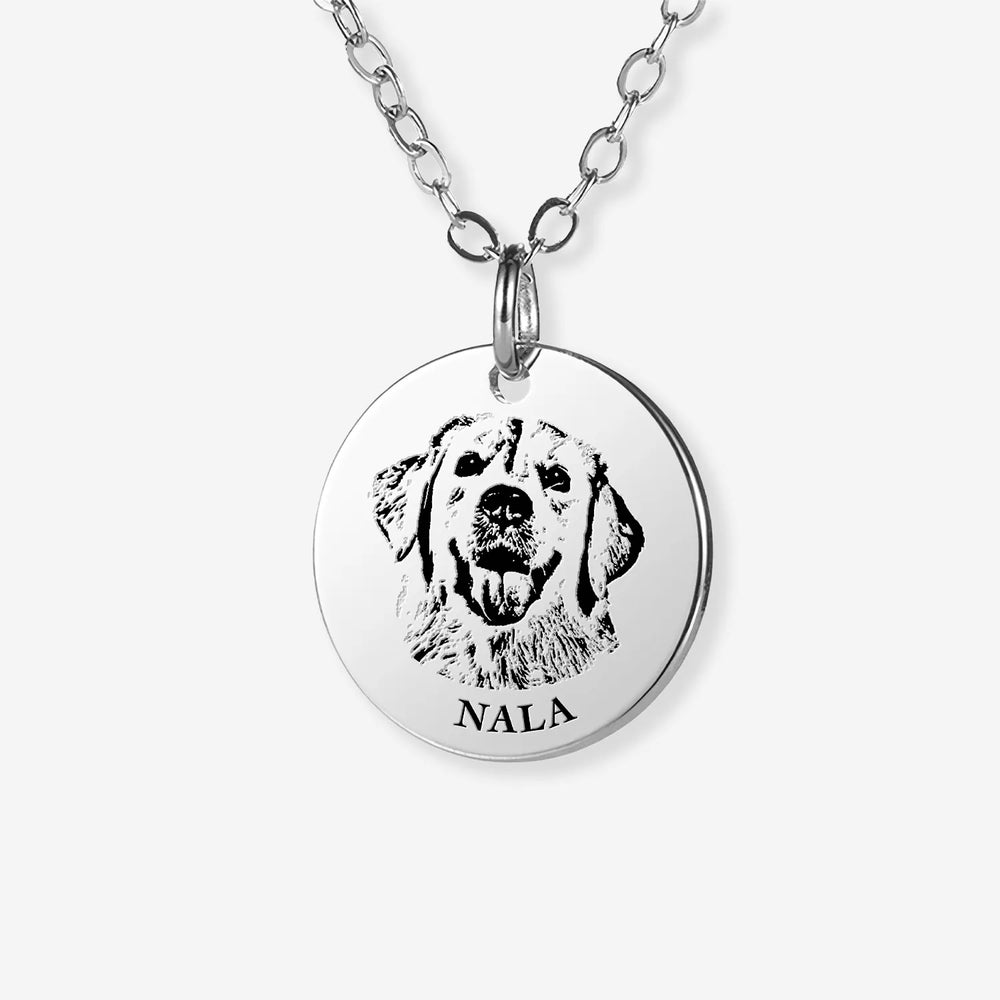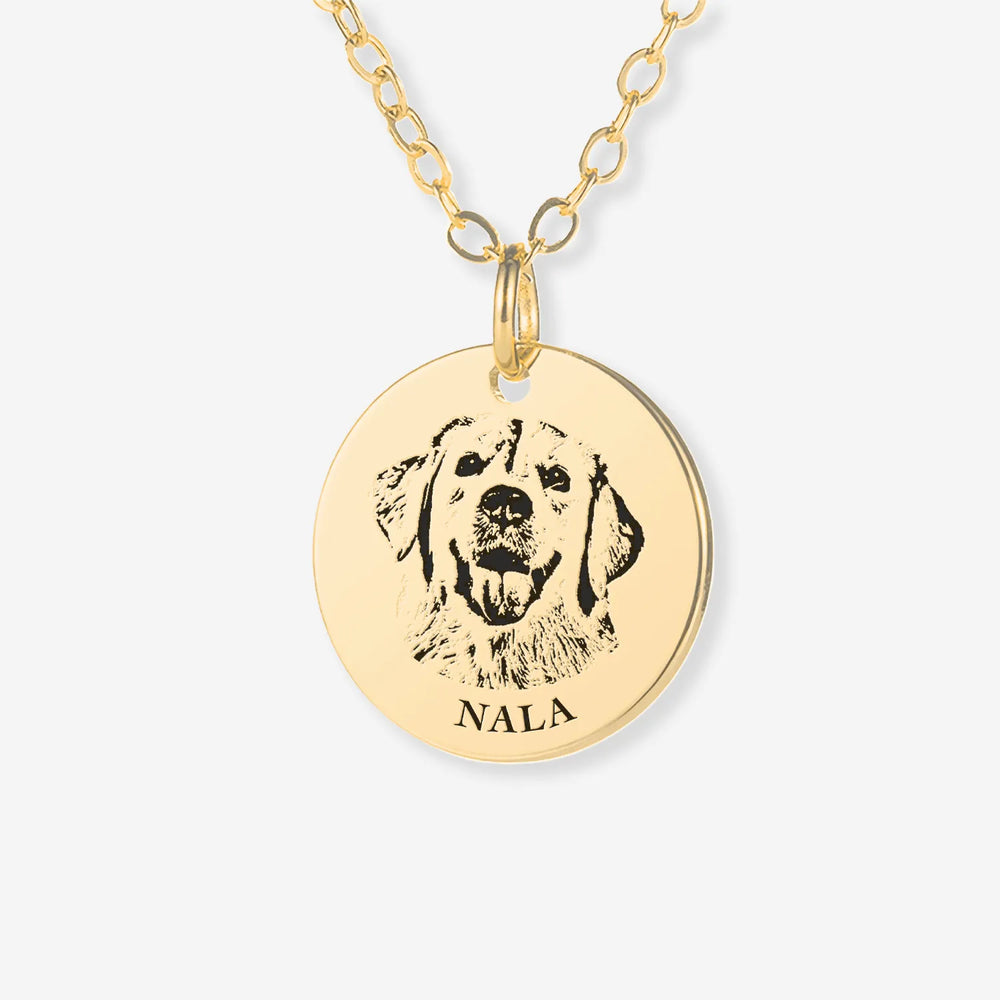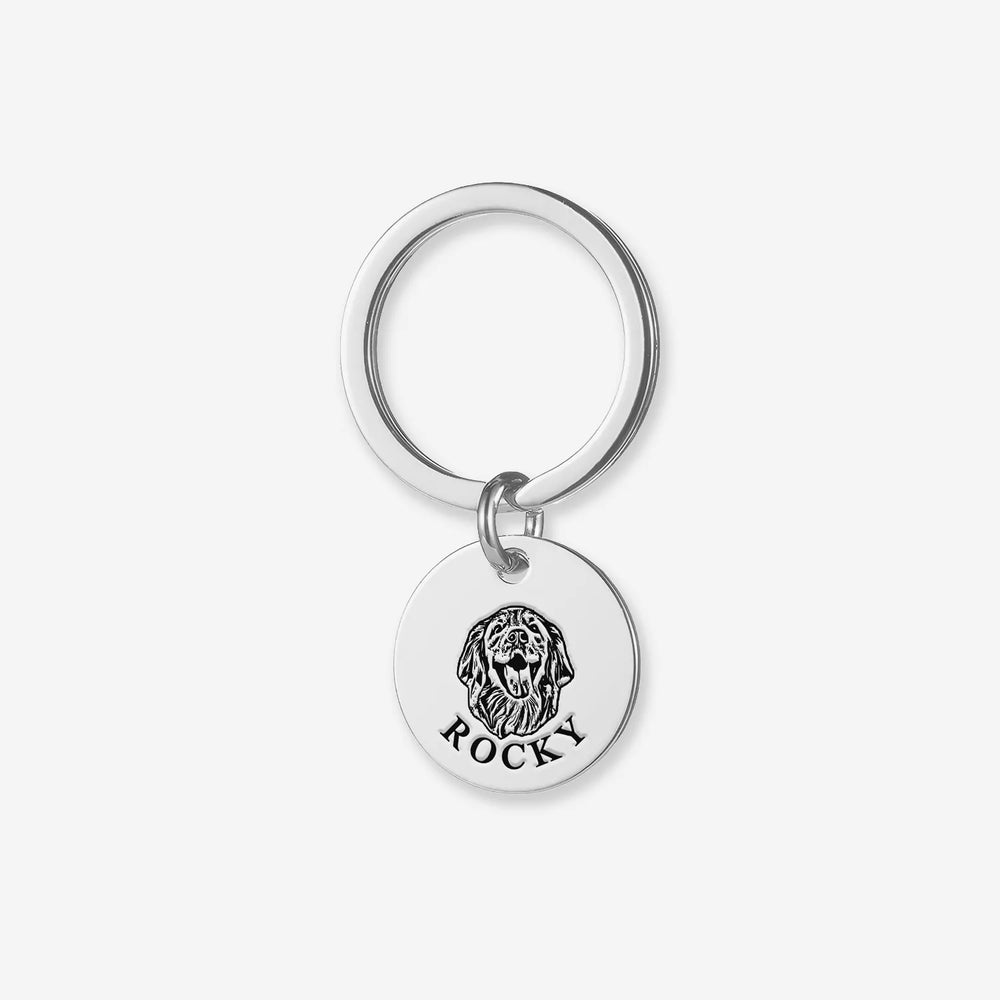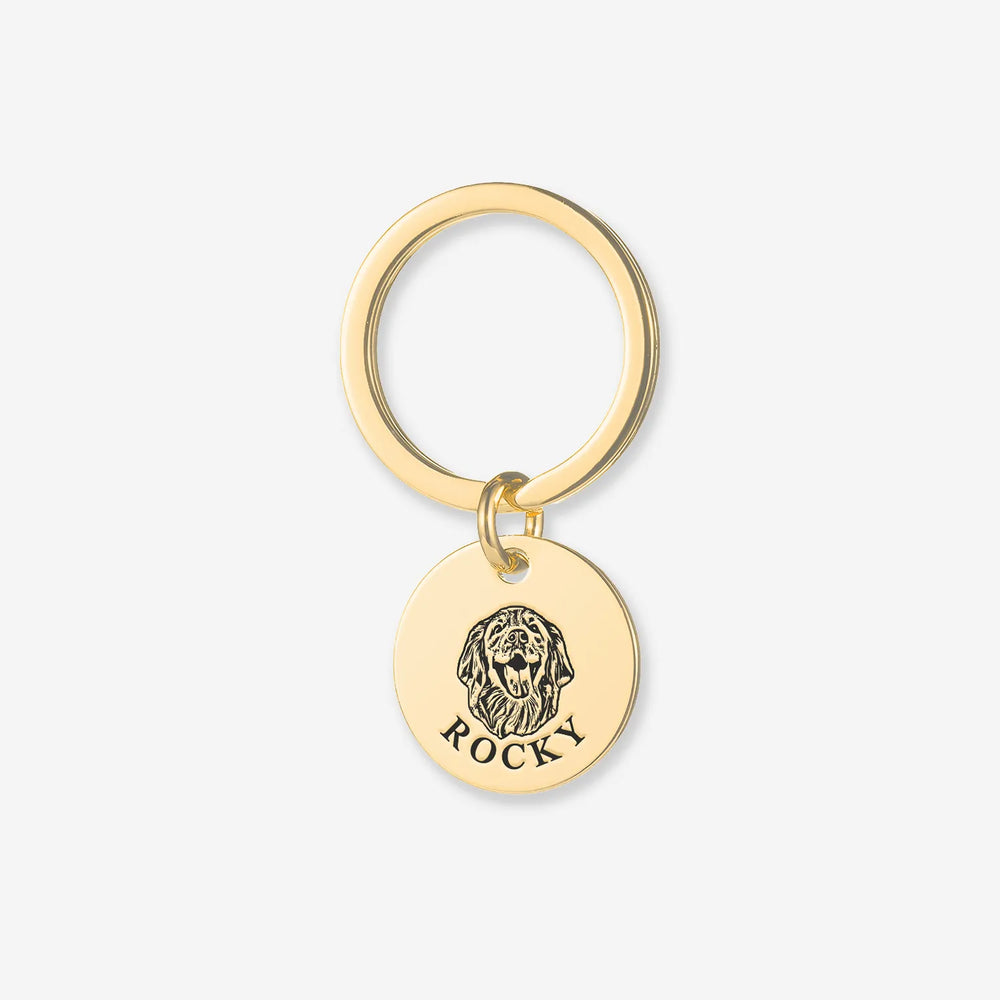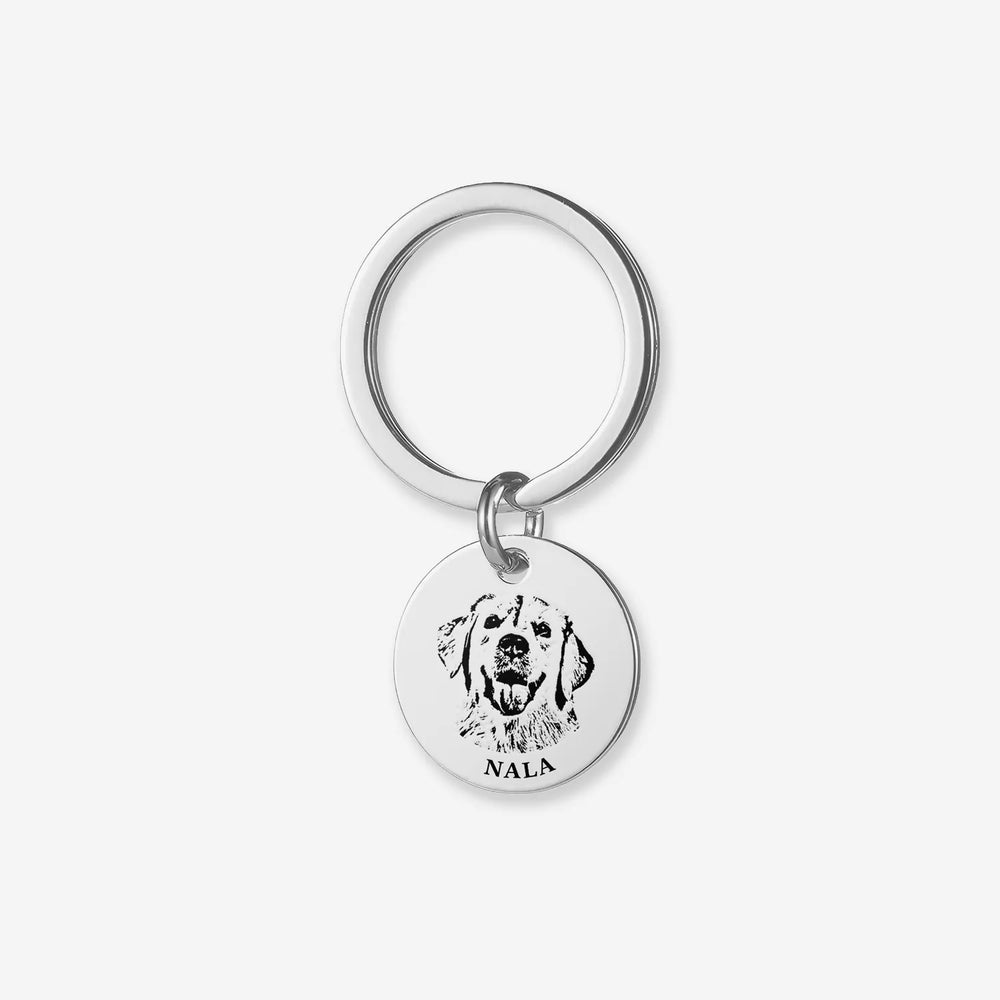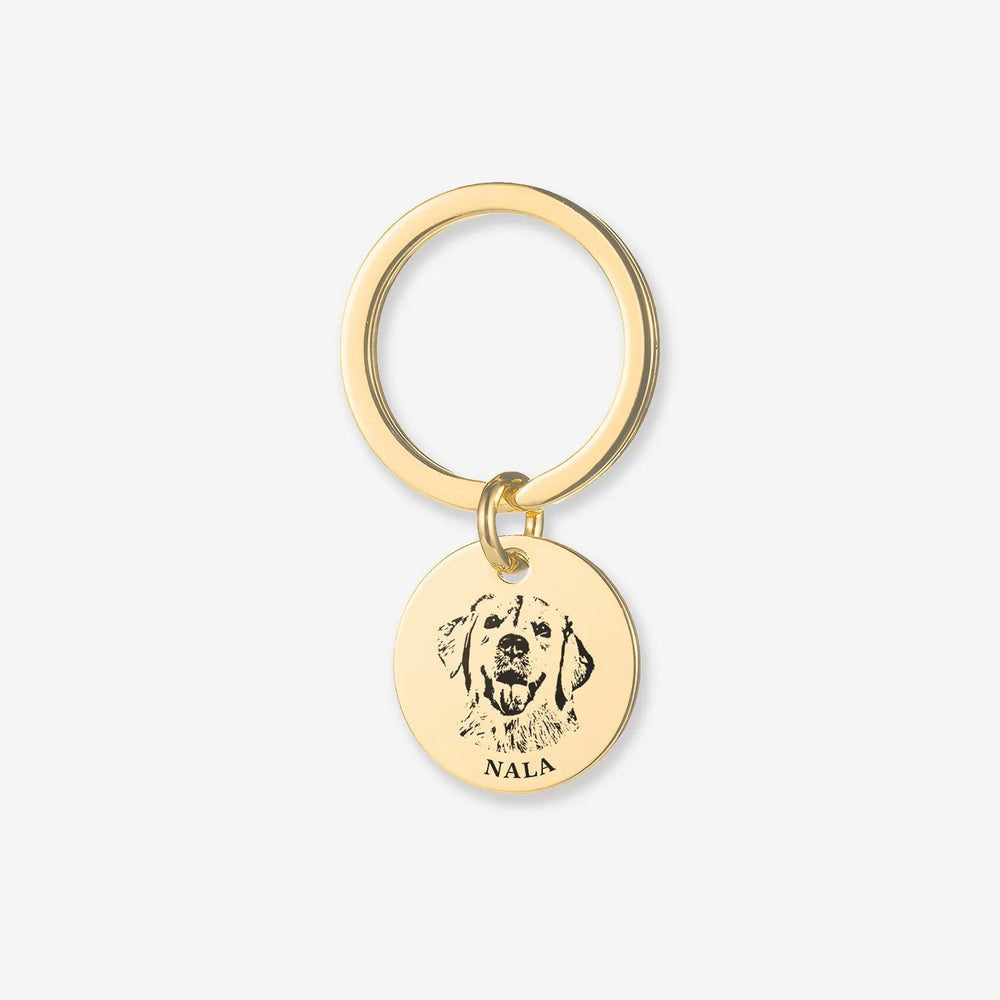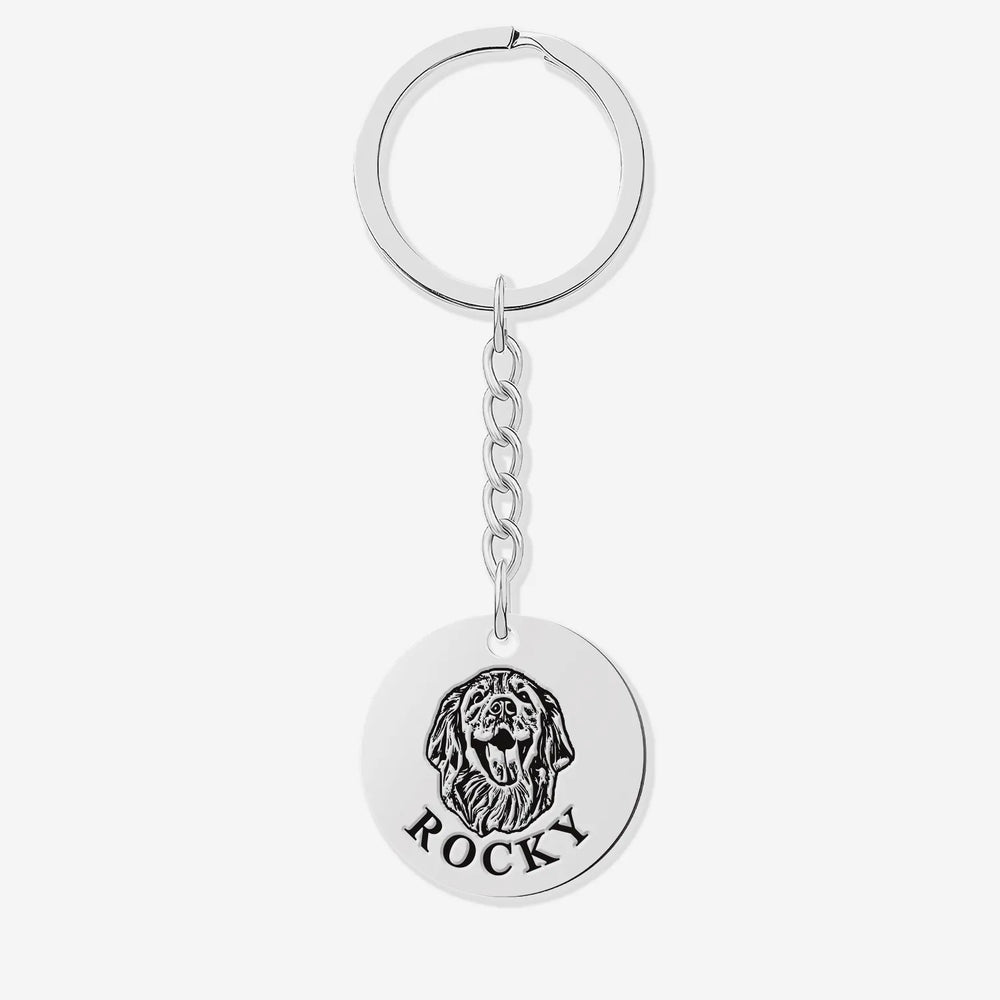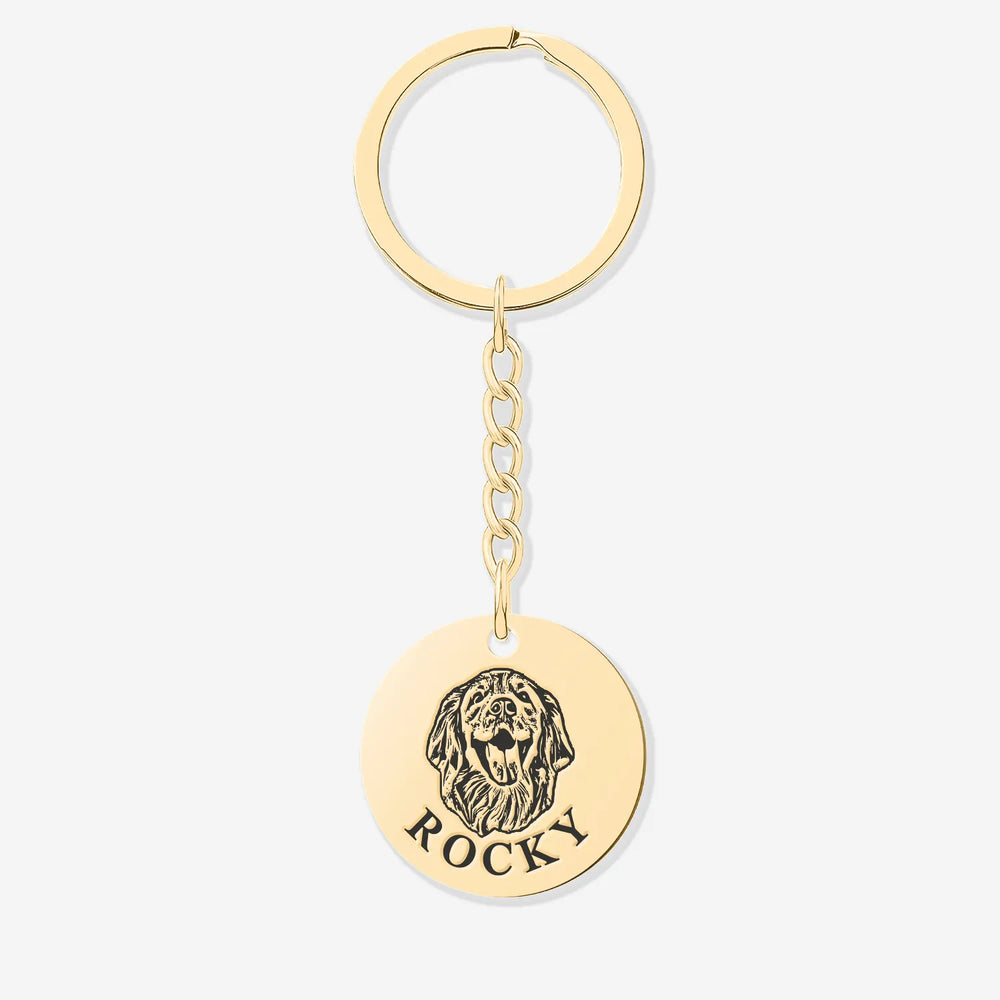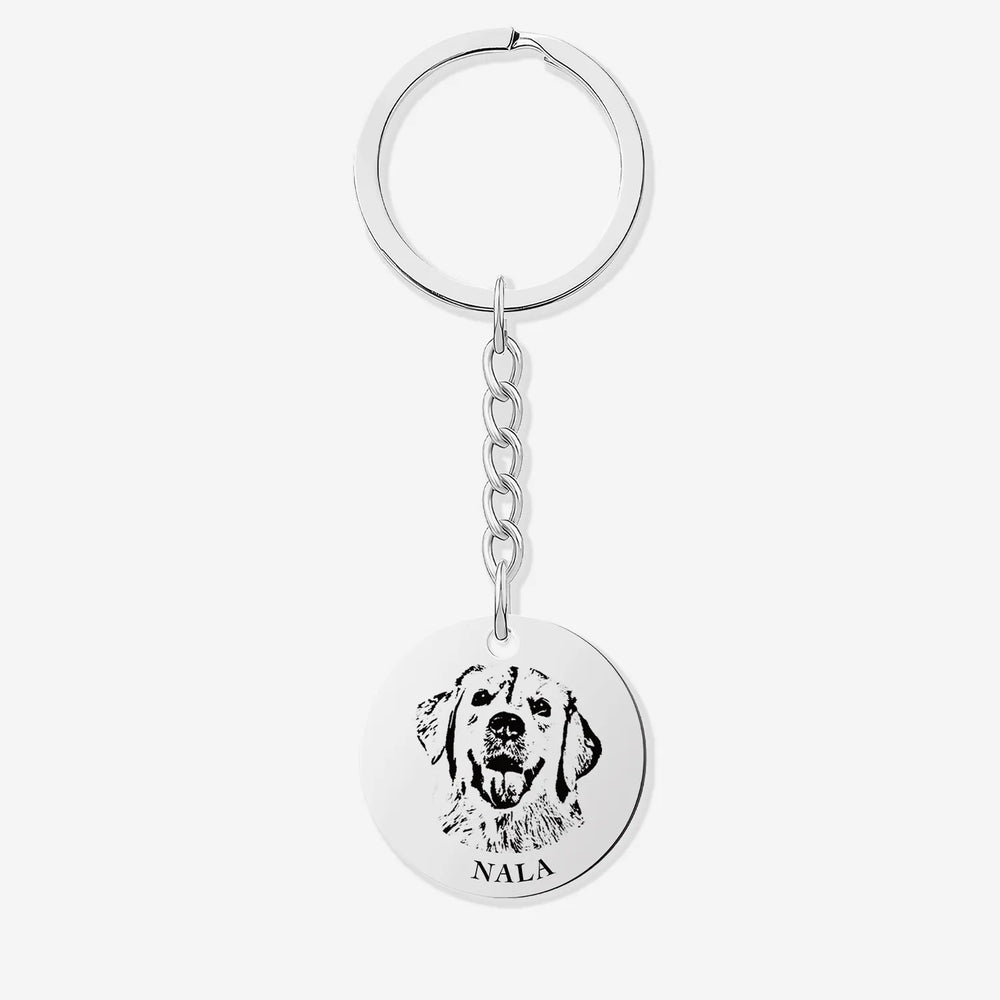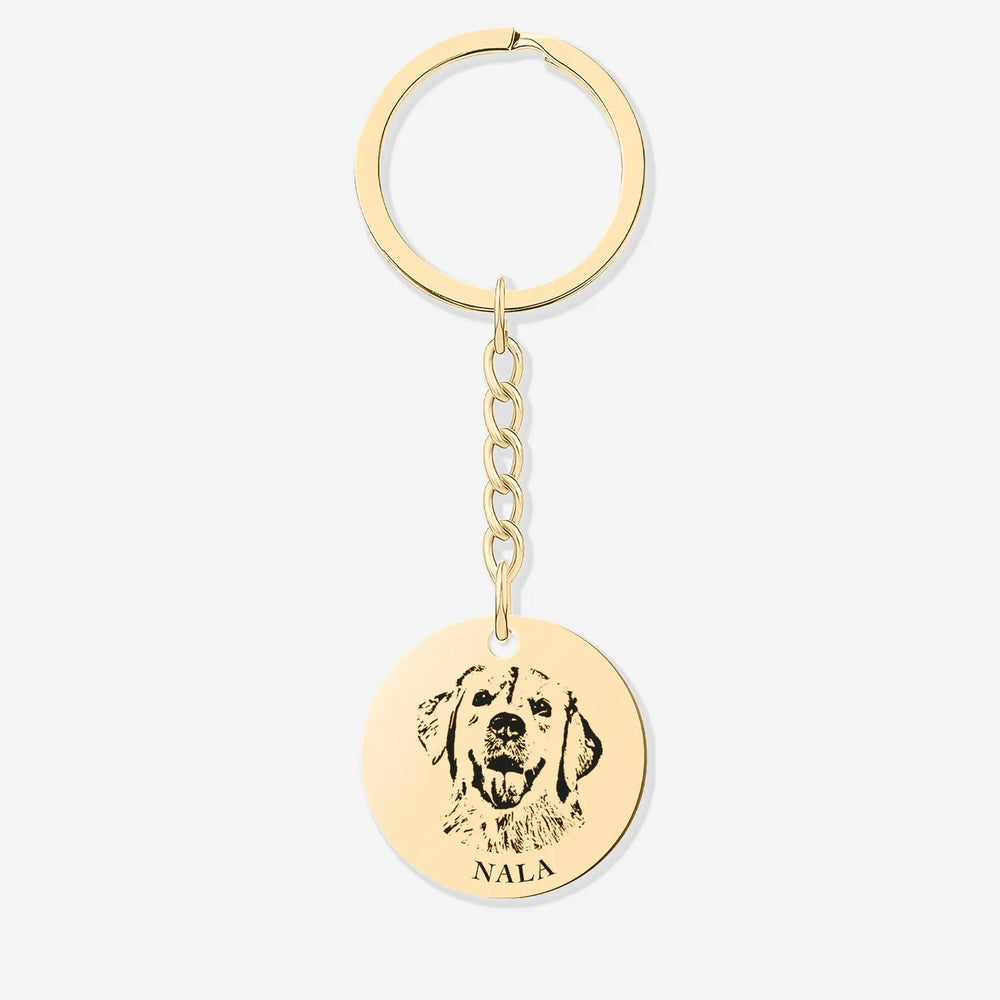Buy One, Get One FREE
Beginner's Guide: How to Train Your Dog at Home

Are you ready to train your dog or puppy? If you're a beginner and not very familiar with dog training, today's article will provide you with the best guide.
You might have already prepared and learned how professionals train dogs. For example, training your dog to sit, stay, go to the crate, or go outside to potty. Training a dog seems like a big project. But if you follow the guide, you'll find it's not as complicated as you think.

Before officially starting dog training, we should make some preparations. Some essential dog training supplies are necessary. You can prepare according to this guide: Dog Training Supplies.
Alright, once you are well-prepared, we can enter the official dog training guide.
Dog Training Guide for Beginners: Home Edition
Basics of Dog Training
We don't want you to start blindly without knowing anything about dog training, so we need to let you understand some basic knowledge about dog training first. Otherwise, it might not be good for you and your dog.
- Positive Reinforcement Training: It's important to use positive reinforcement during dog training. This means rewarding behaviors you like and ignoring bad behaviors. Rewards can be treats, toys, petting, or anything that gets a response from your dog. All training is based on rewards. When your dog performs a specific action, giving them a reward makes them more likely to do it again.
- Use Fun Methods: Use fun methods during training. If you or your dog don't find the training fun, your dog won't learn anything. Keep training sessions short to prevent frustration, maintain a relaxed tone, and treat your dog fairly and friendly. This approach helps your dog learn better, making training more effective.
- Gradual Repetition: To make your dog remember the training thoroughly, phased repetition is necessary. Just like humans become proficient by repeating the same thing over and over, dogs are the same. However, when your dog starts showing signs of irritability, stop immediately. Continue at a suitable time.
Housetraining and Crate Training

An important part of home training is teaching your dog how to potty. This is often the first training challenge for new dog owners. But there's nothing to worry about. Follow these guides to train your dog to potty more effectively. Preparation You Need:
- Two dog litter boxes or two frames with potty pads and lots of potty pads for indoor training
- Small, easy-to-swallow treats
- Carpet cleaner
- Your patience and sense of humor
Follow these five steps to start training your puppy: Teach your dog these five key points: where to potty, where not to potty, hold it, when to potty, and use a short command to potty when needed.
-
First, let your puppy understand where to potty. Determine the potty location and keep it fixed, taking your dog there every time. If the potty is outside, say "outside" when heading out, or say "inside" for an indoor potty area. Reward your dog with a treat five seconds after they potty.
-
Teach your dog where not to potty. Other than the specific potty area, all other places are no-potty zones. Use scare, intimidation, or tapping to punish your puppy. This is an effective way for them to learn.
-
When you can't supervise your puppy, confining them to a crate is a good idea.
-
Once your puppy understands where to potty and where not to, teach them how to signal you when they need to go. Research shows you can train your puppy to use a dog bell instead of barking or running around.
-
The last simple but effective phrase is key. Set an adjustable phrase to make your puppy feel the urge to potty when needed.
Following these steps and patiently teaching your puppy will yield the desired results. Training these potty skills during the puppy stage is easier and more efficient.
Leash Training

Except in some special areas where you can walk your puppy without a leash, most dogs need to learn how to walk on a leash. This is for the safety of your puppy and to minimize disturbances to others.
Now, let's learn how to train your dog to walk on a leash.
Choosing the Right Collar and Leash
Prepare a 6-foot leash and a durable collar for your dog. If your dog has a pulling habit, a specific collar can effectively prevent your puppy from slipping out of a flat buckle collar.
Give Your Dog a Command
Before starting the walk, give your puppy a command. A simple cue or phrase can signal them to stay still before the command. Only start walking after the command.
Suggested Cues: Let's go, walk with me.
Start and Stop
Train your dog to start and stop. Try tugging the end of the leash and stop immediately. Don't move forward until your dog completely stops, letting them understand that they can only go where they want when you release the leash.
Once the dog stops, you can start again. Remember to call out your command before moving.
Your dog is smart and will understand after a few repetitions. If they pull, they won't go anywhere. They can only go to their desired place after receiving the command.
Socializing Your Dog and Puppy
Socialization is crucial in dog training, meaning training your puppy or adult dog to accept new people, animals, and various places by exposing them to these things. Socialized dogs are less likely to develop behavioral problems and are generally more welcome by others. Socialization can also prevent the development of fears and phobias.
Limit your puppy's exposure to forbidden animals and take them out often, exposing them to different environments and situations. Your puppy needs to experience various sights, smells, and sounds in the world. Exposure to different environments helps them adapt to changes and overcome fear.
When socializing your dog or puppy, proceed gradually. Use positive reinforcement, offer praise and rewards, and be patient. Socialization takes time. Patience is crucial as your dog gets used to new situations and experiences.
Basic Commands and Fun Tricks

Every dog should know some basic training commands and tricks, such as come, speak, drop it, stay, and back up. Basic commands provide structure for your dog. They can help you overcome common behavior problems and ensure your dog's safety.
Troubleshooting
How long does it take to train a dog?
This is also the biggest concern for many beginners.
The time required to train a dog varies greatly depending on factors such as breed, age, temperament, and specific behaviors or tasks. Basic obedience training, such as coming when called, staying, sitting, and lying down, can take a few weeks to a few months with consistent and positive training. Every dog learns at a different pace, and some may require more time and patience.
How much does it cost to train a dog?
If home training proves too difficult, professional trainers can be an option, costing tens to hundreds of dollars. Costs vary depending on the training purpose, including:
- Group Classes: $30-$80 per class
- Private Sessions: $45-$120 per hour
- Board and Train: $500-$1,250 per week
- Specialized Training: $15,000-$50,000 (service dogs), $120 per hour (protection dogs), $2,500-$20,000 (search and rescue dogs)
- In-Home Sessions: $100-$150 per hour
Best Books for Training a Dog
For families wanting to train dogs at home, these books are well-suited, offering practical advice and techniques for household settings:
- "The Puppy Primer" by Patricia B. McConnell and Brenda Scidmore
- "Family Dog: A Simple and Time-Proven Method" by Richard A. Wolters
- "Zak George's Dog Training Revolution: The Complete Guide to Raising the Perfect Pet with Love" by Zak George
These books are excellent resources, providing practical advice, step-by-step instructions, and positive reinforcement techniques that are easy to follow and implement.
